Toy-Talk For Preschoolers
Are you a speech-language pathologist looking for an evidence-based treatment technique for the birth-five population? Or are you a parent looking for an easy and doable strategy to build your child’s language skills? This article discusses toy talk, an EBP strategy for SLPs working with the under 5 crowd.
If you’d like to dig in to the article yourself, you can find it here:
Hadley, P.A., & Rispoli, M. (2015). Toy talk strategies: An instructional resource. Retrieved from
https://www.ideals.illinois.edu/
What is toy talk?
Toy talk is something that quite a few SLPs and parents may be already doing, but first let’s set the groundwork for play strategies that are already great:
Responsive Labeling - that’s a ______ (labeling the object)
Self Talk - I’m putting it here (talking about what you are doing as the adult in the play scenario)
Parallel Talk - I see you are putting that on top (talking about what the child is doing)
Toy talk is a bit different. In toy talk, there are two main components: a) talking about the toys (examples: actions, states, properties) b) naming the object.
What does toy talk look like? How does it work?
It may be most helpful to discuss what this might look like in terms of play in several play routines, and utterances the adult may have within the play routine. Here are some examples:
Barn Play: this cow is thirsty, the chicken is hot, the horse is drinking water, oooh this building is getting tall, let’s open the barn door
Train Play: the caboose is on the back, this train is fast/slow, the train is going up the bridge, the train is falling down fast, this train is long/short
Bubbles Play: the bubble is on the wand, the big bubble is on the table, the little bubble is on the carpet, these bubbles are floating high, these bubbles are large/small, that bubble was wet!
Doll Play: The baby is thirsty, the baby is hungry, the baby is drinking, the baby is tired, the baby woke up!
Pretend Food Play (pretend pizza parlor, sandwich making, grocery store): (let’s do the pizza parlor example) the pizza is hot!, this pizza is yummy, the pizza has lots of meat, the crust is crunchy, the cheese is gooey
Do I have to exclusively use toy talk?
Nope! In fact, you shouldn’t exclusively use toy talk as a strategy - you should use it in tandem with other strategies.
Use toy talk as another tool in your language stimulation toolbox, in combination with other strategies. Your talk during play should be as natural as possible while also modeling language and scaffolding a child’s next step of language development.
The authors of this study recommend using this strategy once or twice per minute.
What are the benefits of toy talk?
This strategy models a variety of sentence forms (subject-verb agreement, verb tenses/actions, a variety of combinations of subjects and verbs). It also gives you a built-in visual reference for children communicating (you are talking about the cow you are holding in play, for example). This strategy also teaches through play - which as educators and parents we already know really is an excellent way to learn new things.
Where can I learn more about toy talk?
Here are some journal articles about toy talk:
Hadley, P.A., Rispoli, M., Holt, J.K. (2017). Input Subject Diversity Accelerates the Growth of Tense and Agreement: Indirect Benefits From a Parent-Implemented Intervention. Journal of Speech, Language, and Hearing Research. doi: 10.1044/2017_JSLHR-L-17-0008
Hadley, P.A., Rispoli, M., Holt, J.K., Papastratakos, T., Hsu, N., Kubalanza, M., McKenna, M.M. (2017). Input Subject Diversity Enhances Early Grammatical Growth: Evidence from a Parent-Implemented Intervention. Language Learning and Development. doi: 10.1080/15475441.2016.1193020.
You can download a parent-friendly handout here:
https://www.ideals.illinois.edu/handle/2142/78010
Further Sources
A special note of appreciation for my membership to The Informed SLP, which allows SLPs to access new research articles to inform their speech therapy treatment sessions.

